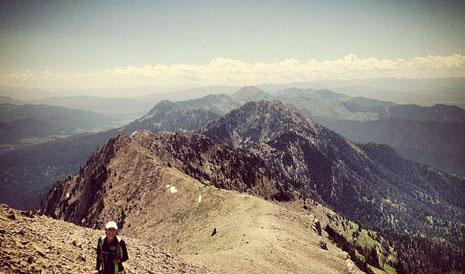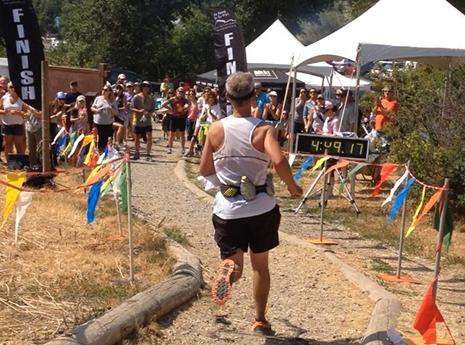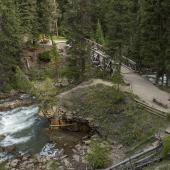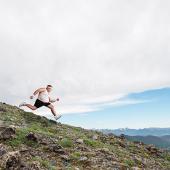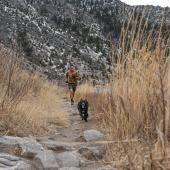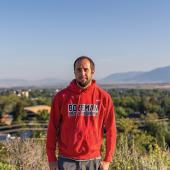Run Your Race
Lessons from a Bridger Ridge Run veteran.
Until recently, I despised the notion of running. It was merely a means to stay somewhat healthy, or penance for a weekend of overindulging. Nevertheless, I set goals, trained, and started running 5k and 10k races—begrudgingly.
This all shifted with trail running. Initially, I mixed trail runs with road training as a change of pace. Eventually, though, trail distances increased and I grew stronger. Once I started running 10ks and half-marathons, I was hooked.
As I started running longer distances, my mind wandered to the Bridger Ridge Run, so last May I put my name into the lottery. I don’t know if it was my compelling essay or simply luck of the draw, but I was one of the fortunate people picked to join the 30th anniversary run. And then it sank in: 19.65 miles and 6,800 feet of elevation gain. What was I thinking?
I started gathering information, attending seminars, and reading what I could about distance training, including Jenny Sheets's entire O/B blog series. I spent time on the Wind Drinkers website, looking at finisher times, not planning on winning, but hoping to be competitive. The more information I gathered, the more concerned I became. I’d never worried about fueling my body during a run; now people are telling me to take in at least 100 calories every 30 minutes. I don’t even drink water while running, let alone eat. But I was committed and decided to stick with it.
Training for a long, arduous run during the summer in Montana is tough. There are rivers to float, fish to catch, and weekend getaways with the family. But I had to find the time. I had to increase my distances, as well as my elevation gain every run. Slowly, I became more confident that I could run this race and be happy with my finishing time.
While on a training run up Sacajawea, I met another Ridge Runner whom I’d talked with a couple times at the M. He was running the entire course that day and invited me to join him. It would only be about eight miles more than I had planned on, so I figured, what the hell. At the bottom of Sac, we picked up another compatriot, who figured the day was young and joined us as well. Some six (maybe seven) hours later we rolled into the M parking lot. Dehydrated, hungry, and cramping, we drank gallons of water and ate the best store-bought turkey sandwiches ever made, but my body and psyche were broken. The event was less than three weeks away and I’d had a miserable training run on the Ridge. I was even more concerned about how to properly eat and drink while running this race. I questioned my starting wave, my shoes, my socks, my haircut—everything. The natural progression that led me to the Ridge Run looked like it would end with a feeble, quiet whimper.
“Run your own race.” Nikki Kimball spoke these words about a week prior to the run at an event hosted by Bozeman Running Company. You know how you feel, you know what you need; just listen to your body and run your own race. Suddenly the fog lifted and the mystique of the Ridge evaporated. Sure it would be a challenge, but my laundry list of concerns no longer seemed relevant. I’d just run my own race.
With this new mindset, the actual run was anti-climactic. I carbo-loaded for three days prior to the run and increased the amount of water I drank, but I only packed a few items for the race. I knew there was support at a few points along the course and I’d be able to grab what I needed. My family was at the mid-point cheering me on and I felt strong as I crossed the finish line. I’d run my race.
Now, how can I beat that time this year?
For more about the Ridge Run and to register, visit racemontana.com.



